| It’s sometimes easy to forget that you are in China when living in a city like Shanghai. So forward-thinking, progressive and where Western influences are obviously evident everywhere – it’s almost like a separate country in its own right. This is when I like to immerse myself into something more overtly Chinese and on today’s list was an afternoon of traditional lantern making. |
Lanterns come in all shapes and sizes and have a number of meanings depending on where you are and the festival it may be attached to. Steeped in hundreds of years of Chinese culture, the lantern has served as a form of lighting, a status symbol, and a way of heralding in good luck for the New Year.
| Ru Wa Studio is a small arts workshop located in a Shanghai lane area known as Jing’an Villa. The low-rise European style housing area dates back to the early 1900s and has been somewhat swallowed up by the surrounding towering apartment blocks and glitzy shopping malls of nearby West Nanjing Road. But once you go past the gate entrance into the long lane itself, a small piece of Shanghai history has been lovingly maintained. The lane houses still retained their original red brick work giving a distinct look to the estate with a number of narrow pathways to the left and right. Walking into the tiny courtyard entrance, we were immediately met by Lu Xiao Feng who runs the studio. A native from Sichuan province, he moved to Shanghai 17 years ago to study and has lived here ever since. |
| Unlike the north parts of China where houses have decent heating systems, here in Shanghai – we still rely on heating by blasting hot air from our air conditioners. And sitting at our workshop table inside, there was no difference to the outside temperature. It was decidedly cold. Rubbing my hands to keep warm, thankfully Lu Xiao read my signals by closing the wooden entrance doors and putting the AC on hot. Like a Blue Peter presenter, he plonked two already-made lanterns in front of us as he rummaged out back to then reappear with a flask of hot water. |
| He made us cups of steaming Chinese flower tea with sugar to help warm us up further. The small groundfloor studio was a splash of colours. Traditional kites, umbrellas and hand painted rugs adorned the walls. The studio counters had a variety of handmade toys like the giant Chinese yo yo known as a diabolo and stuffed folkloric Chinese animals. Lu Xiao laid out two bundles of starting materials and began his introduction. There were long sticks of bamboo-like wood, toothpicks, glue, brushes, a sharp pin, scissors and some garden clippers. We proceed to measure up the initial points to create the hinging edges for the toothpicks to go into. We’ve done other types of workshops before from painting to food-making. |
| One thing I do not like is when the instructor is ‘too’ helpful and ends up doing the project for you. Lu Xiao couldn’t have been more opposite. He patiently demonstrated each task and allowed us ample time to work through each stage, at times making mistakes (in my case sticking the long and short sticks incorrectly together) – and always keeping it light-hearted so we never felt burdensome. We measured, we snipped, we twisted, we glued and all the while we glanced at the two previously completed lanterns as a reference. |
| Despite this being a private class just for Lezil and I, the workshop itself had a steady run of visitors – both local and international, some of whom dropped in for a curious look around. Others, in the case of the two Swiss foreigners, buying up over RMB 700 (£70) worth of souvenirs. Being the only person on duty, Lu Xiao juggled our class with the incoming customers which again added to the personalised feel of the whole operation. Once the four basic frames had been stuck together, it was time to paste on the handmade paper. These off-white soft-to-the-touch sheets were made the traditional way using wood pulp, cotton and hemp giving those unmistakable cloth-like strands with a leniency towards letting light through. To decorate each sheet, we opted for cultural paper-cut stencils of multi-coloured Chinese birds. Each picture told a simple story of two love birds – a symbolism which both Lezil and I gravitated towards. |
| It was exciting to see the lanterns take shape during the final steps. As the studio was somewhat cold and damp, we had to use a home hairdryer to speed up the glue-drying process to ensure that not only the stencils were firmly stuck on, but that each stick was wedged in tightly with the dried glue in place. Lu Xiao looked genuinely proud of his two lantern apprentices as he picked up each one, inspecting closely the angles and giving each one a good shake to make sure there were no loose bits. He disappeared into the room next door and brought out an extension lead with a single light bulb at the end. He motioned me to switch off all the studio lights as he plugged in the lead. Plunged into momentary darkness, the first lantern lit up the room. |
“Wow….” – I was taken back as to how beautiful our handmade masterpieces actually looked. Even our teacher got out his cell phone to take photos of our completed products.
At RMB 150 (£15) per person (including all materials, but not the light bulb), our traditional Chinese lantern making experience was a brilliant way to spend a few hours away from the technology, away from the fastness of city life and just using the simplicity of using our hands to learn a new skill. And, of course, our two lanterns have a practical use as those two creations now have a pride of place in our living room, giving an added cosy ambience to our lighting.
Visit: Ru Wa Studio, 1st Floor, No 81, 1025 Nanjing Xi Lu, near Maoming Lu, Shanghai
Metro: Nanjing Xi Lu (line 2)
Open: Tue – Sun 12pm to 8pm
Tel: 021 6218 5859
Web: Ru Wa Studio
At RMB 150 (£15) per person (including all materials, but not the light bulb), our traditional Chinese lantern making experience was a brilliant way to spend a few hours away from the technology, away from the fastness of city life and just using the simplicity of using our hands to learn a new skill. And, of course, our two lanterns have a practical use as those two creations now have a pride of place in our living room, giving an added cosy ambience to our lighting.
Visit: Ru Wa Studio, 1st Floor, No 81, 1025 Nanjing Xi Lu, near Maoming Lu, Shanghai
Metro: Nanjing Xi Lu (line 2)
Open: Tue – Sun 12pm to 8pm
Tel: 021 6218 5859
Web: Ru Wa Studio
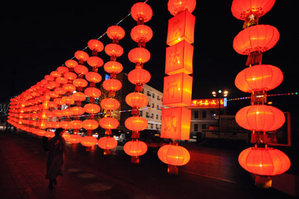
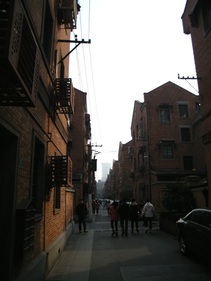
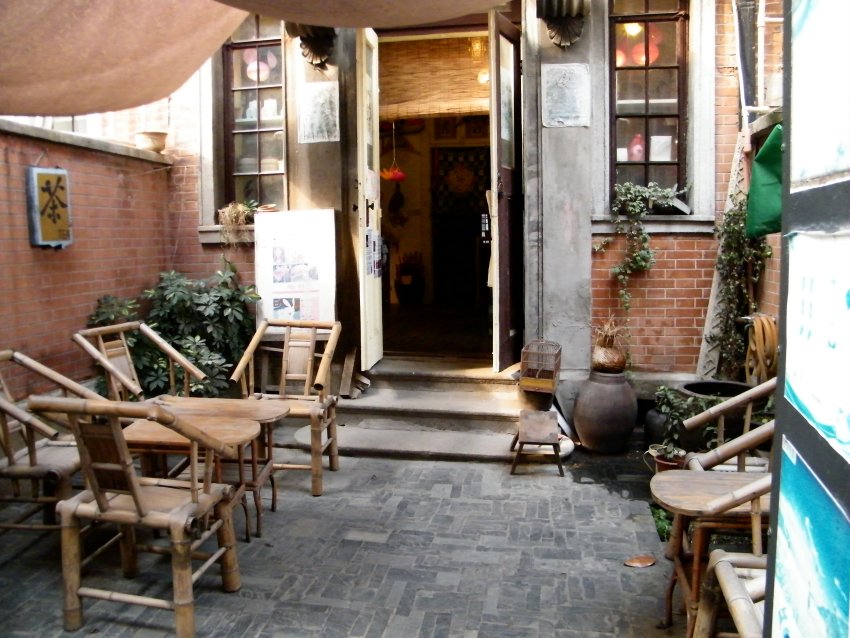
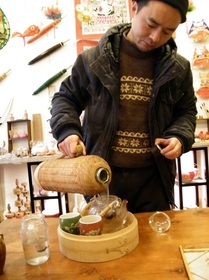
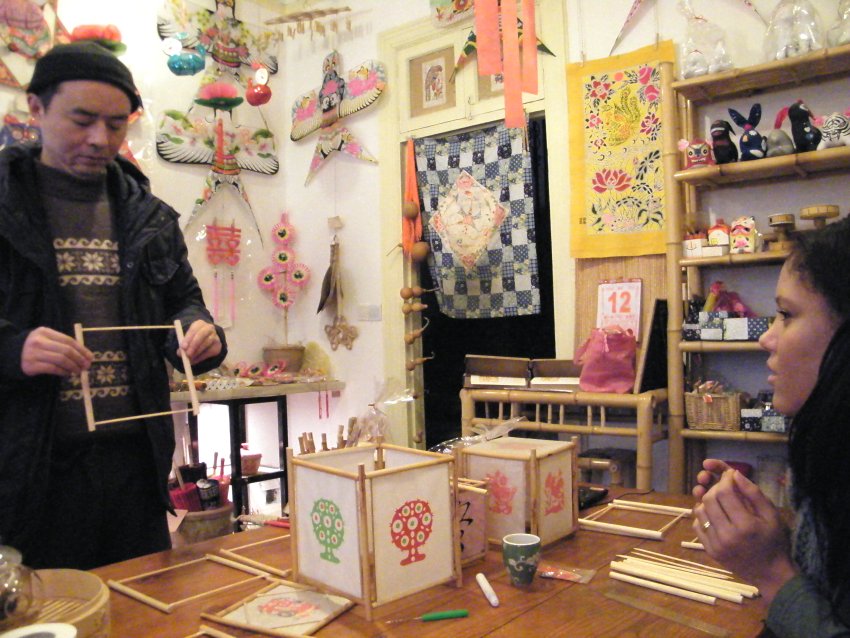
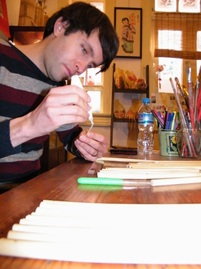
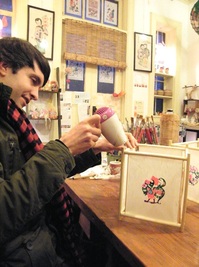
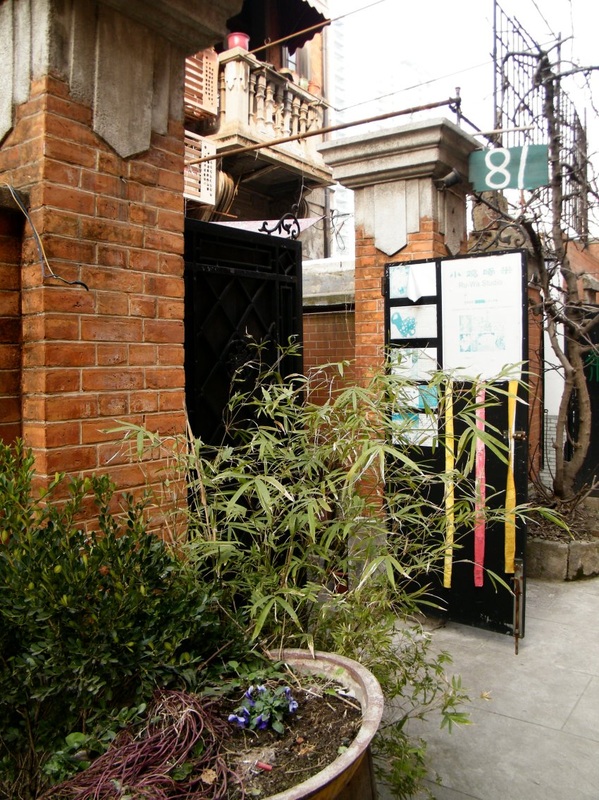
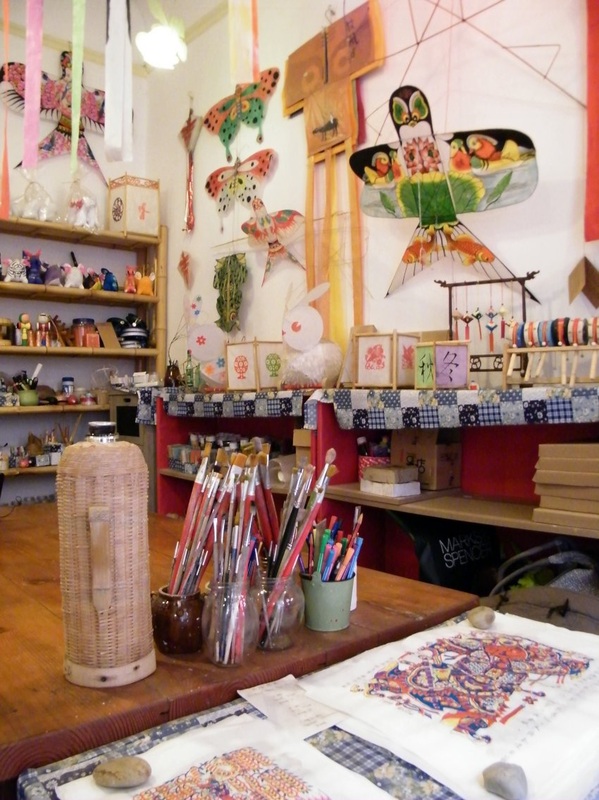
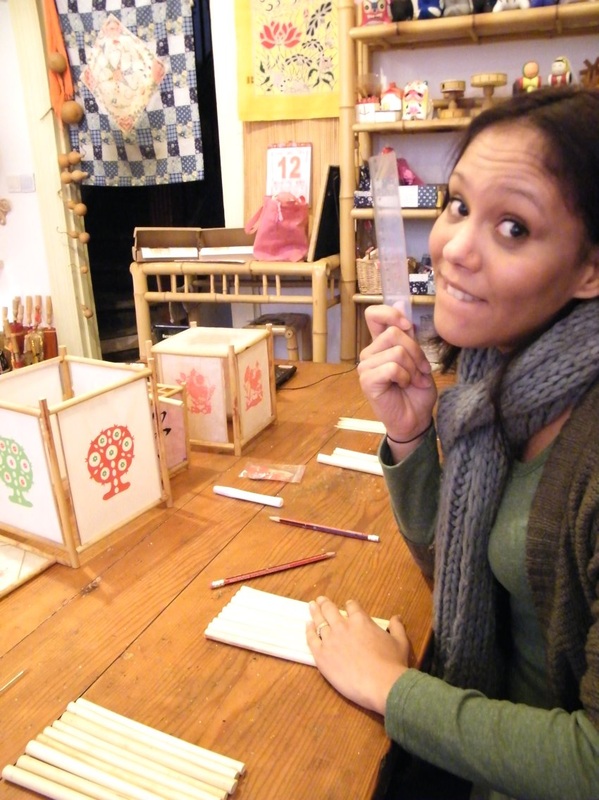
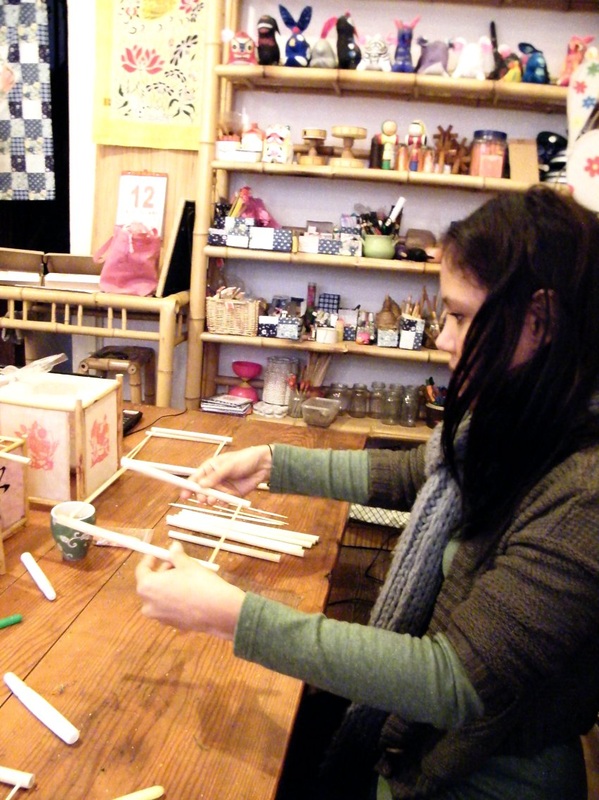
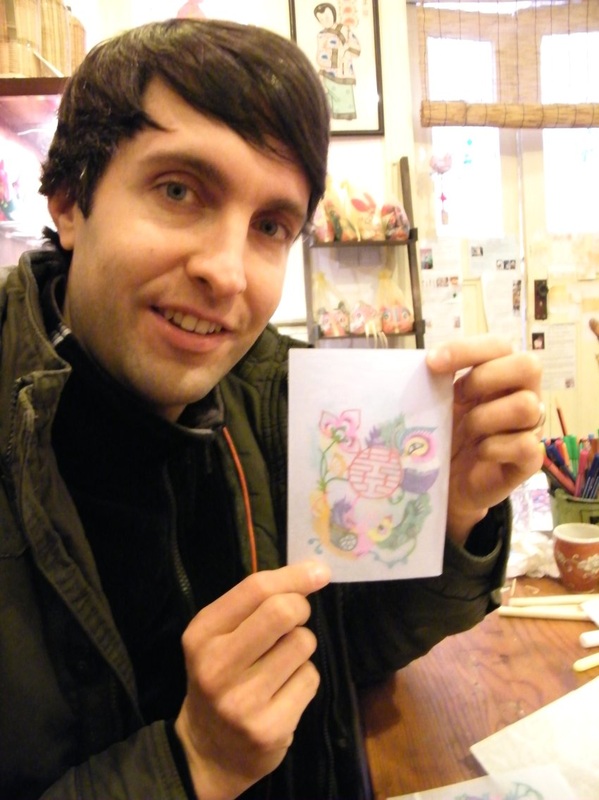
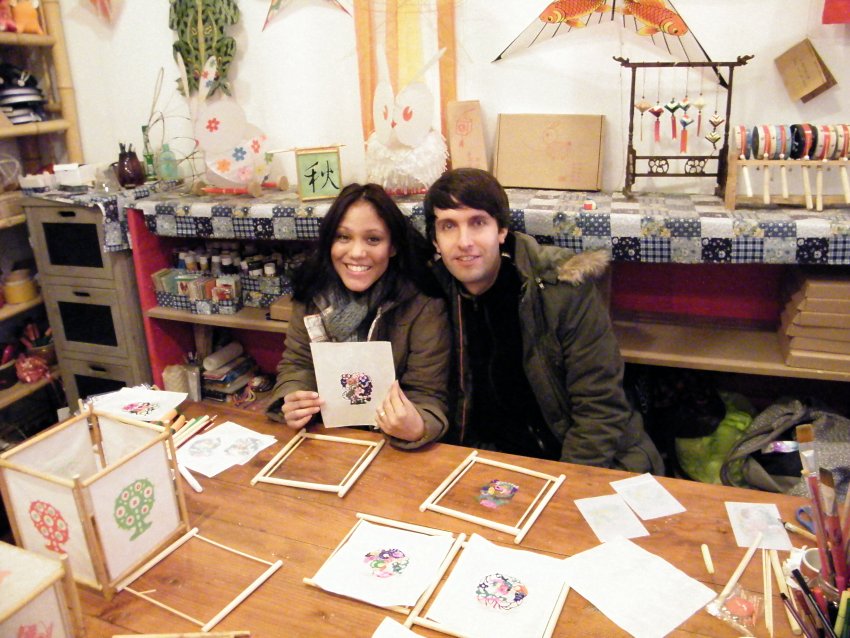
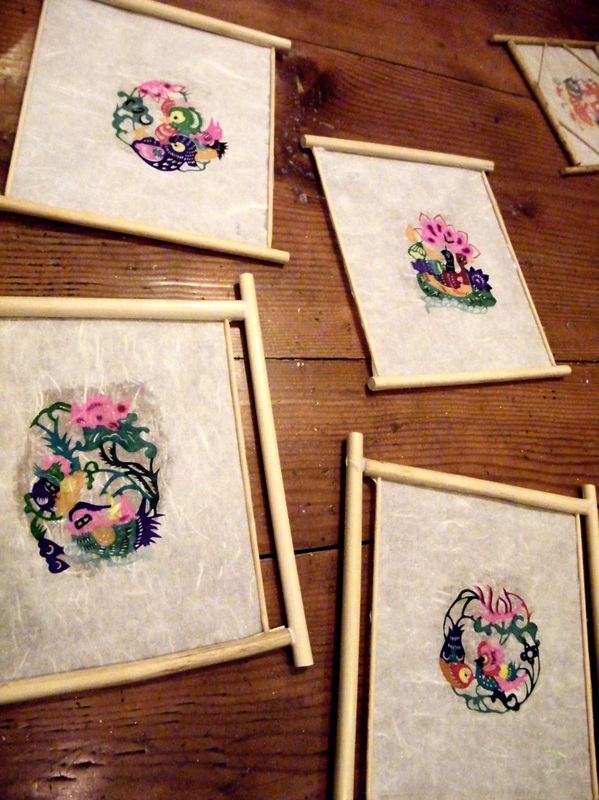
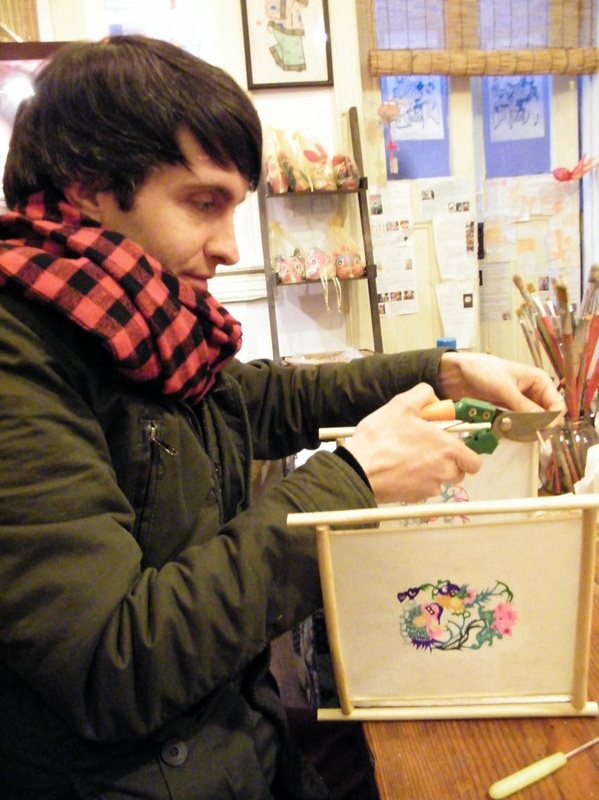
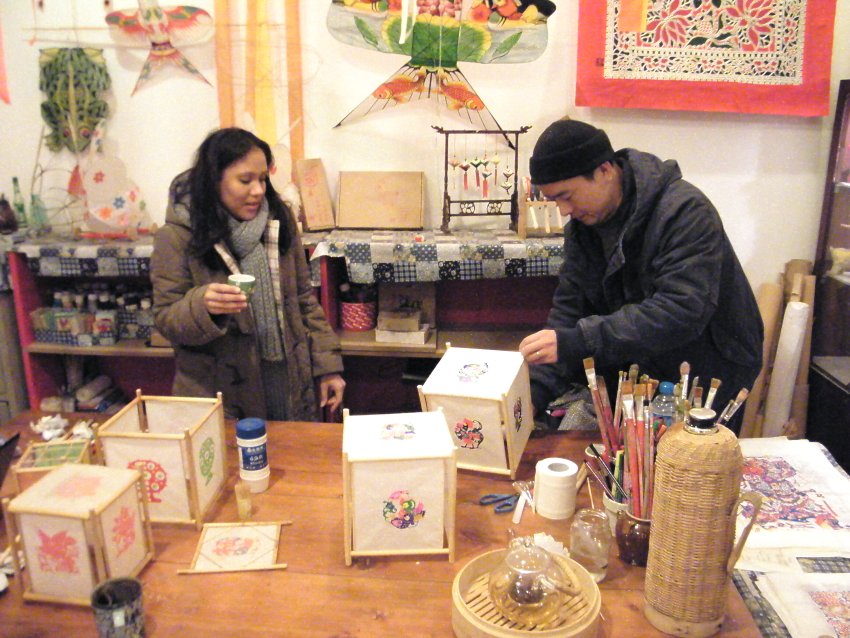
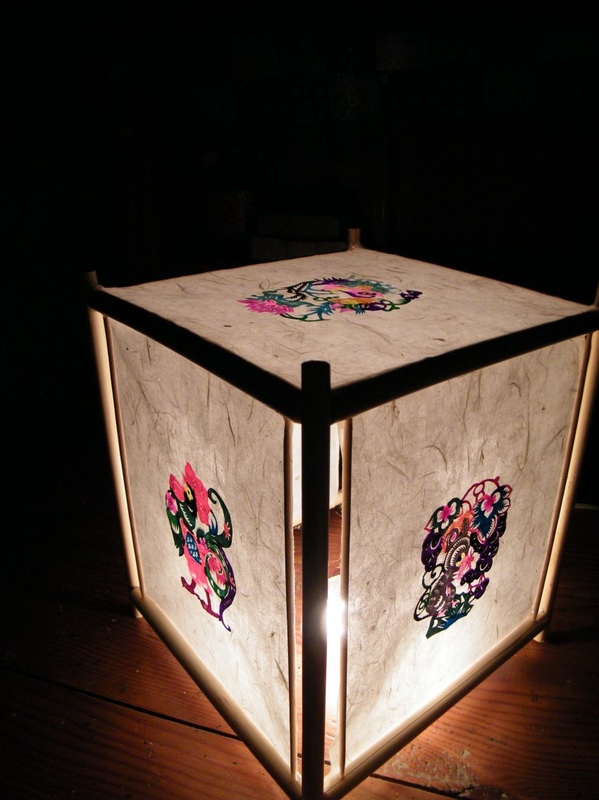
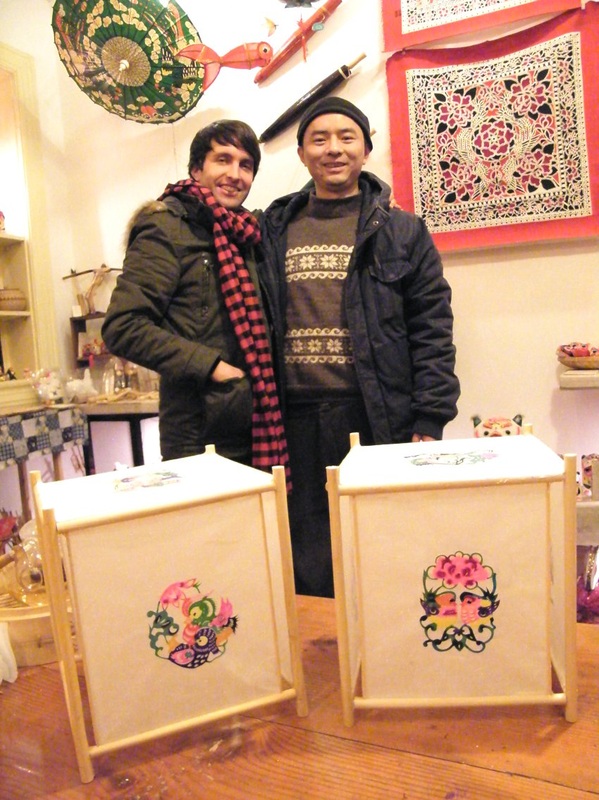
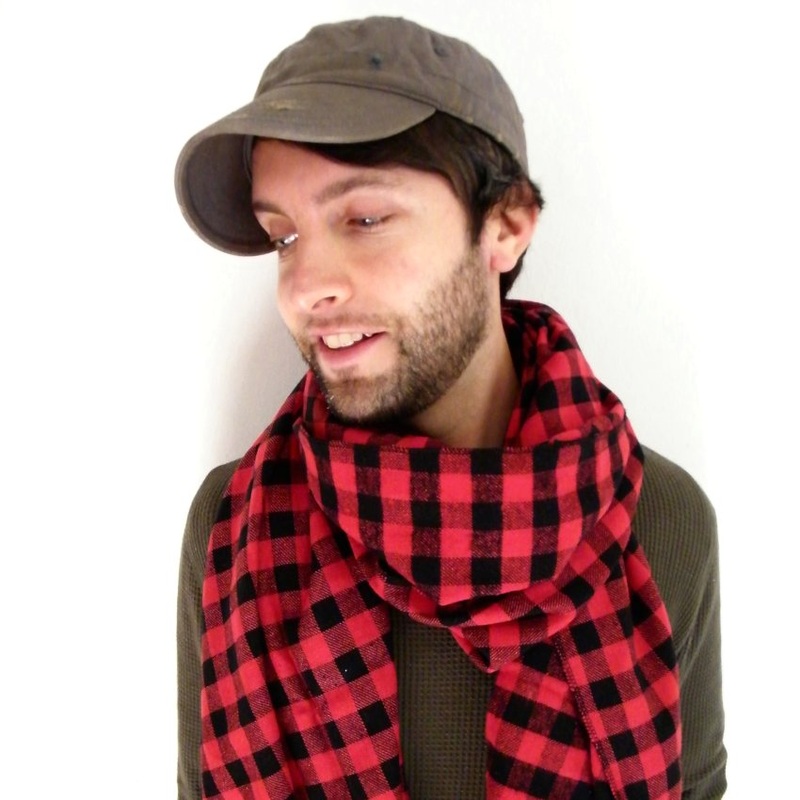
 RSS Feed
RSS Feed